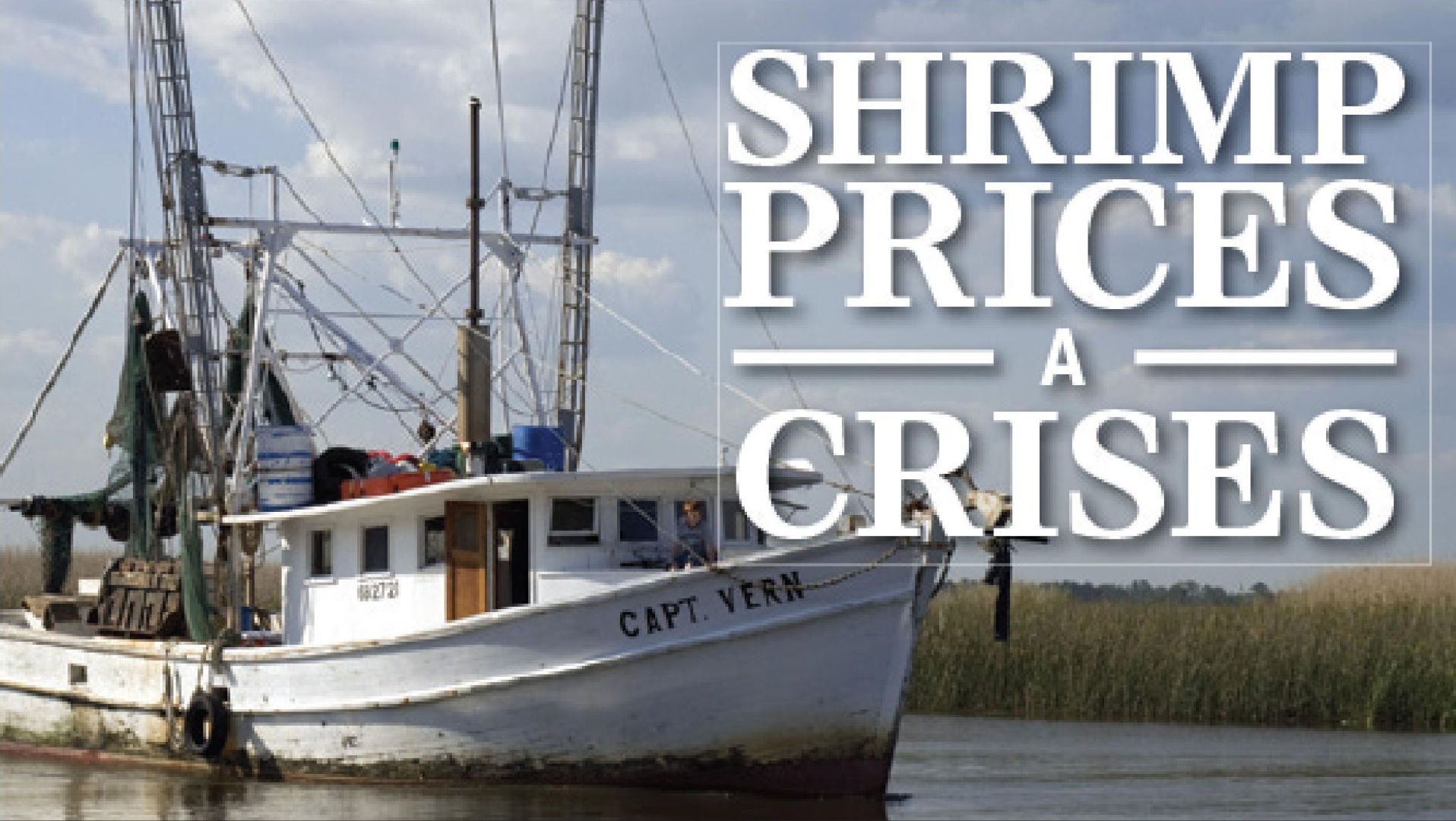
How to Succeed in Warm Dry Weather?
June 13, 2018
SHRIMP PRICES A CRISES
June 13, 2018EVEN FEDERAL CHARTER FISHERMEN
LDWF GETS ENHANCED INPUT SEASON AND NOAA ALLOWS FOR 51-DAY SEASON
By Casey Gisclair
Little Gage Collins isn’t yet old enough to drive a truck or a boat. He’s only 7.
But he sure loves to put a cork in the water with his dad either in the marshes of Leeville or even sometimes offshore in Grand Isle. This past week, Gage was walking in from fishing and saw something he’d never seen before. To the small boy, it was just the coolest thing in the world.
“Why’s it so red?” the boy asked his dad, pointing to the three red snapper which sat in a wheelbarrow at the marina.
“It’s a snapper,” the dad said back with a smile. “A red snapper.”
The boy then asked his dad when they’d be able to catch a snapper. The father, knowing he was in the presence of a reporter, smiled, laughed and said perhaps the best answer for the moment.
“It’s a long story,” he said with a laugh. “You’ll understand when you’re older.”
After decades of back and forth between anglers, the Louisiana Department of Wildlife and Fisheries and the National Oceanic and Atmospheric Administration (NOAA), a compromise was reached recently which will allow the LDWF to govern and control the catch of snapper for private recreational fishing for two years – a season which is already underway and will continue throughout the summer until there are concerns about the quota that’s been caught.
The allocation for Louisiana snapper is about 743,000 pounds of the fish per year. If researchers find that anglers are close to that total, the season may shift from its current seven days a week to weekends and holidays only.
Jack Montocuet, the secretary of the LDWF, said getting control over the season and providing additional days to outdoorsmen is a huge coup to the fishing and tourism industry in Louisiana.
“State management of the red snapper season has been pushed for the past several years by the department and has received strong support from Gov. John Bel Edwards, along with other state and Congressional officials,” Montocuet said.
The two-year deal marks rare stability for a red snapper season which has long been in flux in Louisiana – a debate surrounding supply.
Conservationists have long said that snapper are endangered due to overfishing. Over the years, studies have been done that have concluded that fish are shrinking in quantity and further overfishing could cause possible extinction.
But anglers say the studies are inaccurate.
Anglers say that the Feds don’t conduct their studies in the right places, adding that the fish are creatures of habit and school only in certain places, which could lead to inaccurate tests if one is looking in the wrong areas.
Anglers say snapper school along oil rigs in the Gulf, which is problematic with testing because a lot of the tested waters are where there are no structures in place.
“Where they do the surveys at are off the coast of Florida,” said Captain “D” Price with Dream Catcher Guide Service. “There are no oil rigs and no platforms and none of the things that we have here where the fish school. The testing areas don’t have the structure that holds red snapper, so the Feds overreact and think, ‘Hey, there’s no red snapper.’ That’s not true. When we go out and amberjack fish or try and fish for whatever else we’re fishing for, all we’re catching all day long is red snapper.”
Debate about the issue has been ongoing with both sides getting victories over the other.
In recent years, snapper season has been heavily limited – sometimes just a few days per year.
Last year, the season was supposed to be just three days, but was abruptly extended by the United States Department of Commerce, which issued a special 39-day season last summer.
In that season, Louisiana fished responsibly, staying below its historical quota for healthy snapper catches, which helped in the decision for the two-year plan which is in place now in Louisiana.
But other states overfished their quota numbers, which if not reversed this year, could mean that big-time changes will be coming for future seasons.
EVEN CHARTER FISHERMEN ARE HAPPY
All of the regulation changes mentioned above pertain to private recreational fishing, covering both state and federal waters up to 200 miles offshore.
But in getting the Exempted Fishing Permit to manage the recreational fishing season, the LDWF failed to get governance over snapper caught by federal charter boats, which are still subject to NOAA rules, regulations and dates.
State charter boats will not apply to this decision and they are free to fish for snapper in state waters during the open-season dates.
This decision led to a lot of nervous energy in the charter fishing world that dates would be heavily restricted, which would be a huge economic strain because many people book charter trips just to catch snapper.
But captains were pleasantly surprised when NOAA set a 51-day season from June 1 – July 21, which will run alongside the
LDWF-set season.
Like always, the same rules and regulations apply for fishing snapper in federal waters. Private anglers need a permit, license or registration from the state in which they intend to land the fish. There is also a two-fish per person limit and the snapper must be a minimum of 16 inches total in length.
Houma native Brad Marcel said the season is good for outdoors lovers, adding that when the season shrinks, it costs captains dearly.
Marcel is an avid outdoorsman who fishes the Gulf several times a year.
“This is fair,” Marcel said. “We’re getting a chance to fish and have a real season. That’s all we ever asked for is a little common sense. And we’re glad that we’re headed in the right direction.” •












